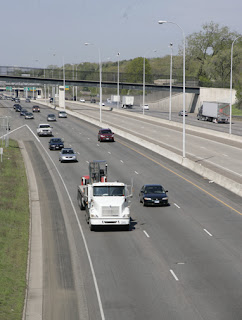Aperture and Depth of Field
See also Shutter Speed, Reciprocity.
When we refer to the “aperture” of a lens, we are speaking on an iris, similar to that in the pupil of an eye, that opens or closes, allowing light to enter and strike the optic nerve, sending impulses to the brain. A lens aperture works much the same, except it will allow as much light to enter as we tell it to allow. While our brains can automatically compensate for light or dark (a human with good vision is capable of seeing light as dim as a trillionth of a watt), should we tell the aperture to allow too much light for the ISO we’ve set the chip to record, the result will be an overexposure that the camera cannot compensate for. A camera’s aperture is composed of thin metal blades that, when the shutter is actuated (and at any f-stop other than its widest), move together in less than a blink of an eye to form a circle corresponding to the chosen f-stop. After the chosen shutter speed has expired, and the shutter has been closed, they move back to their zero position to wait for the next actuation.
Unlike older irises, which were assembled by hand, Canon’s are created and assembled robotically, in a super-clean, in-house environment, assuring a quality of design, construction, and control. Throughout this book, you’ll see references to “opening up” or “stopping down” your lens. When a lens is opened up, the iris is enlarged, allowing more light to strike the sensor. But, as with so many mysteries of life, things work in reverse; opening up a lens means changing its value to a smaller number. Lenses are rated at their maximum, or fastest, f-stop, thus a lens with a maximum aperture of f1.2 is faster (will gather more light at its maximum aperture) than a lens with a maximum aperture of f2.8. When we shoot “wide open” it means we’re shooting at the lens’ maximum aperture. When we stop down a lens, the result is that less light will strike the sensor,
because we change the f-stop to a smaller number. f22, for example, allows less light to reach the sensor than f16 because the circle is smaller. Mathematically, when the aperture is “opened up” one full stop, the
amount of light reaching the chip is doubled. For example, changing the aperture from f11 to f8 will double the amount of light falling on the chip and result in a one stop overexposure, assuming that f11 would provide a correct exposure. When the aperture is “stopped down” one full stop the amount of light reaching the chip is cut in half. For example, changing the aperture from f11 to f16, assuming that f11 would provide a correct exposure, will result in an image underexposed by one stop (FIGS 1.1–1.3).
FIGS 1.1 : 1/200 second, f8. Image is 1 stop overexposed
FIG 1.2 1/200 second, f11. Image is correctly exposed
FIG 1.3 1/200 second, f16. Image is 1 stop underexposed
If you like this post, please say thank and if you can, please make some donation as much as you can to support....














0 comments:
Post a Comment